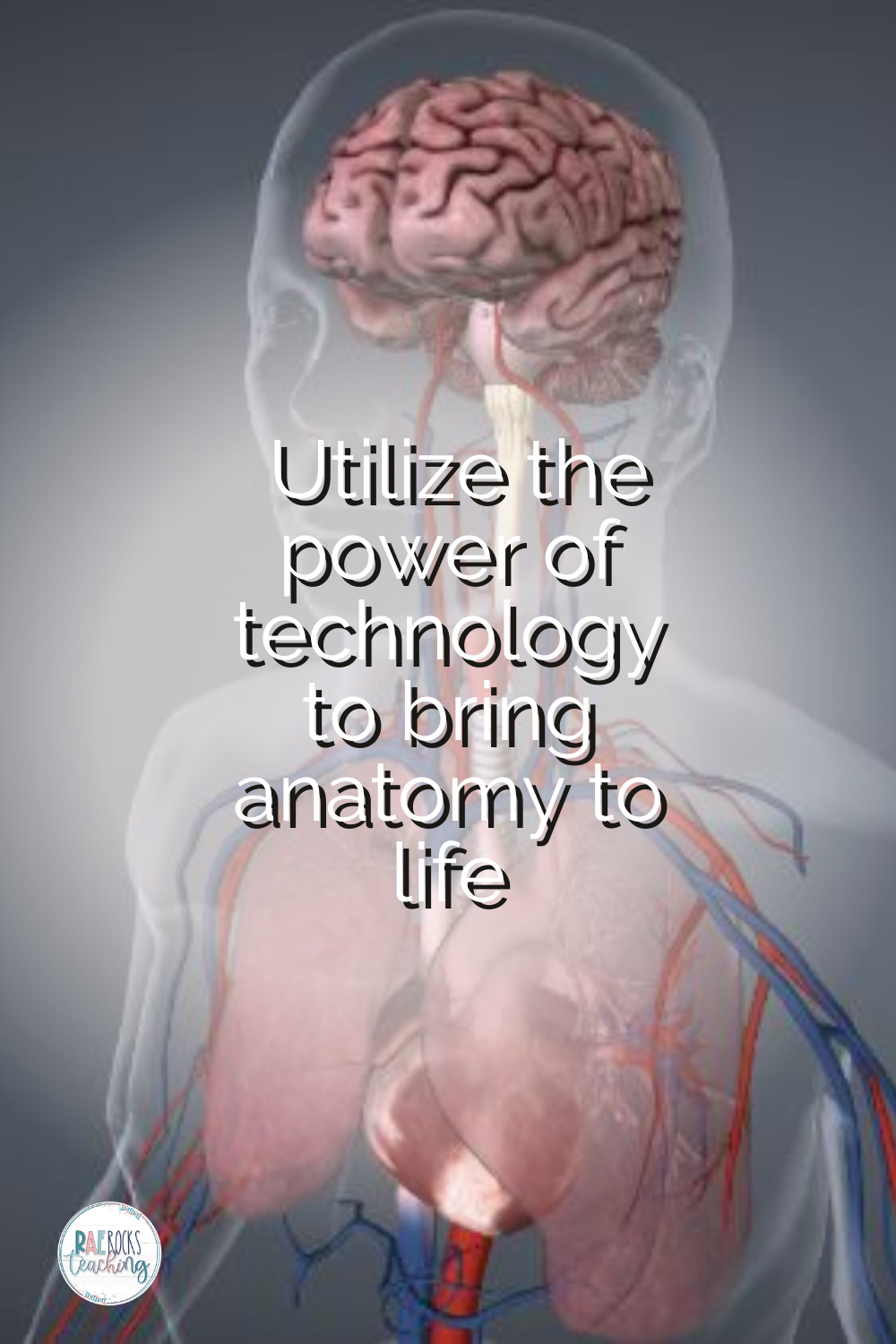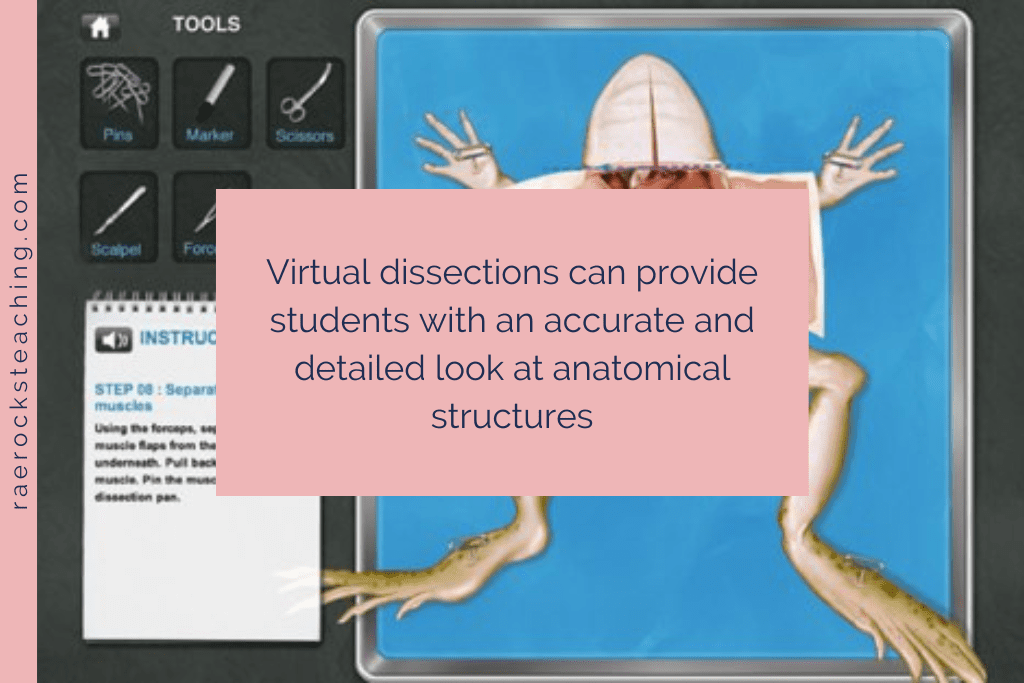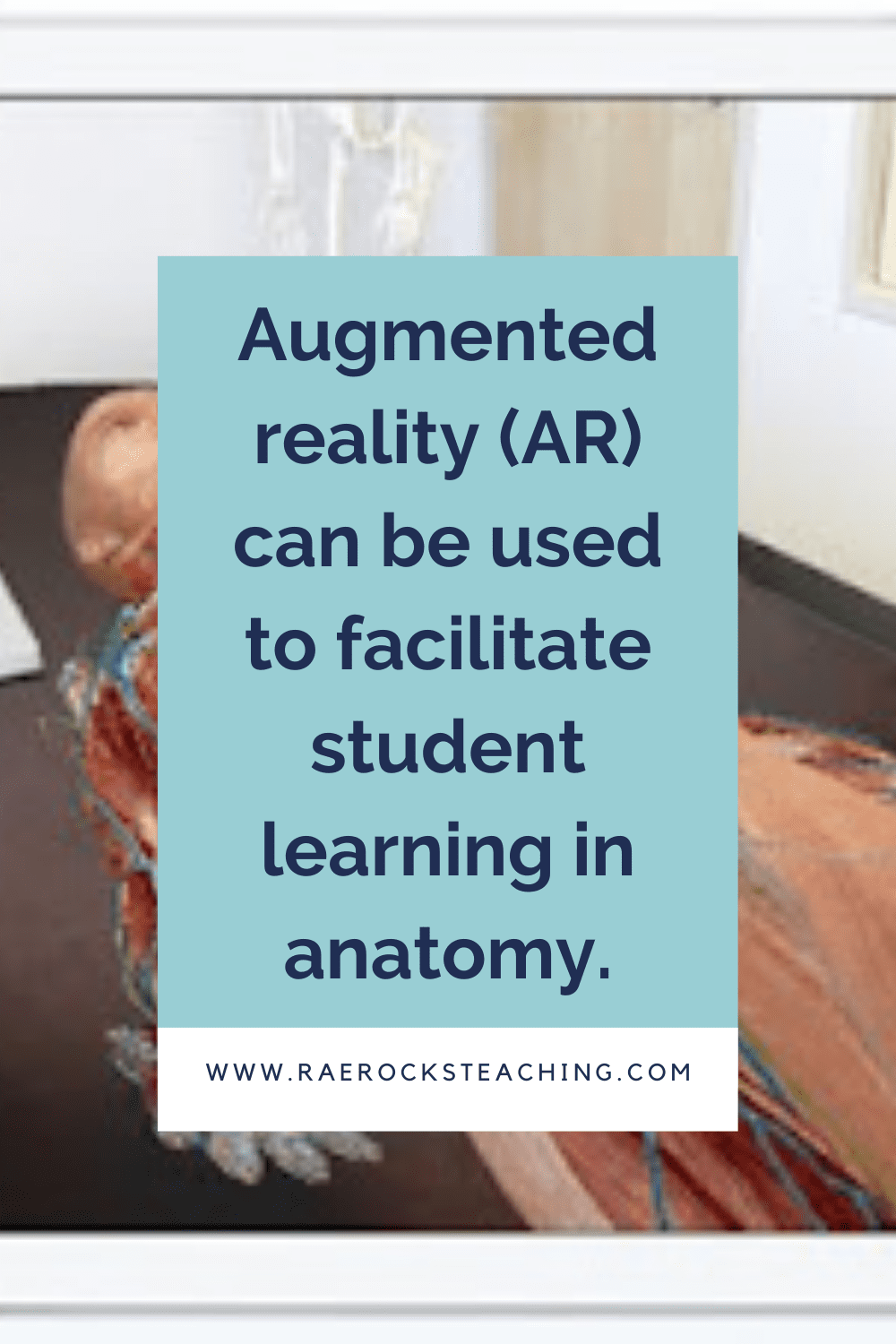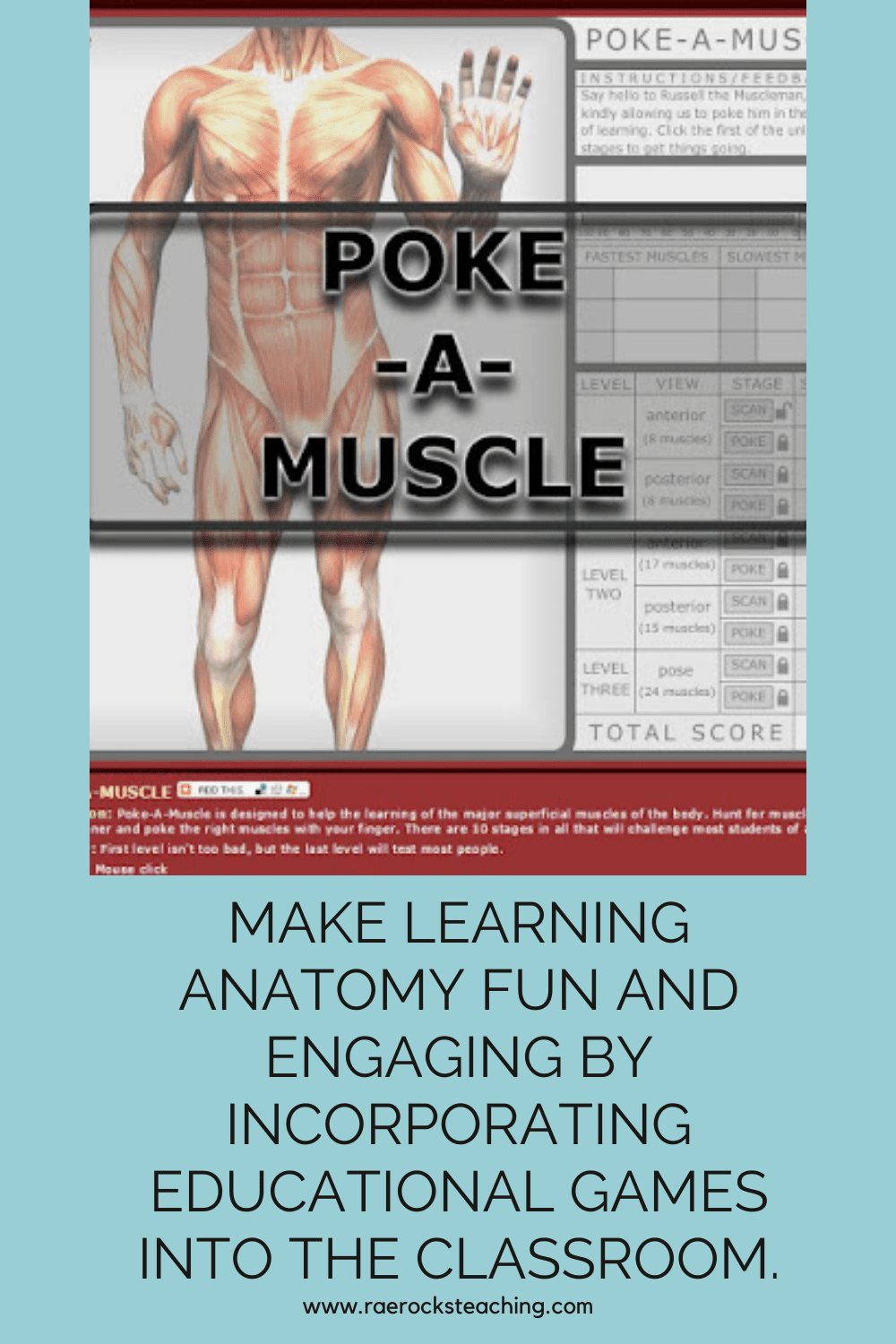In the modern world, going digital in anatomy classrooms is necessary to ensure students gain the knowledge they need to be successful in the future. Technology can provide students with access to digital resources, interactive tools and simulations, and online collaborative activities.
Digital resources can offer students a variety of tools such as online videos, virtual dissection tools, and 3D imaging. Interactive tools can help students form a deeper understanding of complex anatomical structures and processes. Additionally, simulations can provide students with hands-on experience.
Integrating technology into the anatomy classroom is a great way to ensure students have an engaging, comprehensive learning experience.
1 | Use interactive anatomy simulations
Engage students in interactive, 3D models of the human anatomy to deepen their understanding. Interactive 3D models of the human anatomy provide students with an immersive and hands-on learning experience. Allow students to explore the anatomy in a visual and tactile environment. Incorporate quizzes, games, and interactive activities to further engage learners and help them develop a better understanding of anatomy. Use real-time data tracking to demonstrate the learners’ progress and make the learning experience personal, relevant, and enjoyable. Utilize the power of technology to bring anatomy to life and create an engaging, interactive learning experience.

-
Save
2 | Implement virtual dissections
Provide students with virtual dissections of anatomical structures, allowing them to safely explore anatomy. Virtual dissections can provide students with an accurate and detailed look at anatomical structures that can help them understand the different systems of the human body and its functions. Showing students how learning about the body through virtual dissections can help them apply this knowledge to real-life situations can also make the activity more attractive to them.

-
Save
3 | Use augmented reality for digital anatomy lab
Enhance students’ understanding of anatomy by overlaying digital information on physical objects. Augmented reality (AR) can be used to facilitate student learning in anatomy. AR can be used to map digital information onto physical objects, such as 3D models of the human body, and allow students to visualize anatomical features more clearly. For example, teachers could use AR to project information about the anatomy of the human heart onto a 3D model of the heart, and then allow students to interact with the model to learn more about it. Teachers could also create interactive quizzes and activities for students to engage with and gain a deeper understanding of the anatomy of the human body. AR could also be used to provide students with a visual display of medical images, such as x-ray and ultrasound images, helping them to better comprehend the structure of the human body. Finally, AR could be used to create virtual simulations that allow students to interact with various anatomical features, such as muscles and organs, in a more realistic and immersive environment.

-
Save
4 | Integrate online learning resources
Provide students with access to online anatomy tutorials, quizzes, and other educational resources. This not only encourages engagement but also motivates other students to participate due to peer pressure and competition.

-
Save
5 | Encourage technology-based research and projects
Have students use online databases and resources to gather information for anatomy projects. Create an incentive for researching: Have students compile their research into a presentation and share it with the class. Award prizes such as extra credit or special recognition for the best presentation.

-
Save
6 | Foster collaboration
Allow students to collaborate on anatomy projects and discuss concepts with each other. This could be done in several ways. Create a collaborative platform where students can work together on projects, share resources, and discuss ideas. This could be in the form of an online forum, messaging app, or a dedicated website. Incorporate gamification elements into the platform, with rewards for completing tasks, engagement with materials, and collaboration with other students. You could encourage student participation through competitions and challenges. These can be used to give students incentives to work together and collaborate more effectively.
Additionally, highlight examples of successful collaboration and how students were able to benefit from working together. This will help encourage more collaboration, as well as show the rewards of participating. You could also use data and reports to track the progress of collaborative projects so that students can easily track their own successes and failures.

-
Save
7 | Integrate digital anatomy body games
Make learning anatomy fun and engaging by incorporating educational games into the classroom. Anatomy games are a great way to engage students in learning about the human body. Games can help create an interactive and entertaining learning environment, while also providing a way to test and reinforce knowledge.
One way to integrate anatomy games into the classroom is by creating a competitive environment that keeps students engaged. For example, teachers can use online or app-based anatomy quizzes to create challenges between students. The individual or team with the highest scores can be rewarded with bonus points or a prize.
Another way to use anatomy games in the classroom is to introduce game-like activities that involve hands-on learning. For example, you could have students construct 3-dimensional models of bones and organs. Students can also participate in simulations of medical procedures, such as heart surgeries or MRI scans. These activities can help students understand and remember anatomy concepts in a fun and interactive way.
Finally, you can also use anatomy games to introduce problem-solving and critical thinking. For example, you can create scenarios for students to explore, such as diagnosing medical conditions or treating injuries. Challenging students to come up with solutions to real-world problems, offers students an opportunity to gain a better understanding of anatomy.

-
Save
Digital Human Anatomy Technology
Educational technology can help bring classrooms into the 21st century by providing students with modern learning tools and engaging activities. By incorporating these technologies, teachers can create more student-centered, interactive learning experiences that help students gain the necessary skills and knowledge to be successful in their future educational journeys. With the help of educational technology, the learning environment of educational institutions can be transformed to create an engaging, stimulating, and rewarding learning experience for all students.
Don’t forget to grab your FREE COPY of The Ultimate Guide to Engage Students To Learn Anatomy | 7 Secrets To Implement Today

-
Save
I love sharing helpful content with y’all and would love to connect on IG or Facebook. I’m on TikTok too! Follow me and send me a DM with what you need more of because I’m here to help! If you are looking for even more inspiration, find me on Pinterest!
Wanna read more?
Why is Medical Terminology So Important To Teach In High School Anatomy?
The Flipped Classroom and Technology You Need to Make it Successful for Anatomy
Share via:









One Response